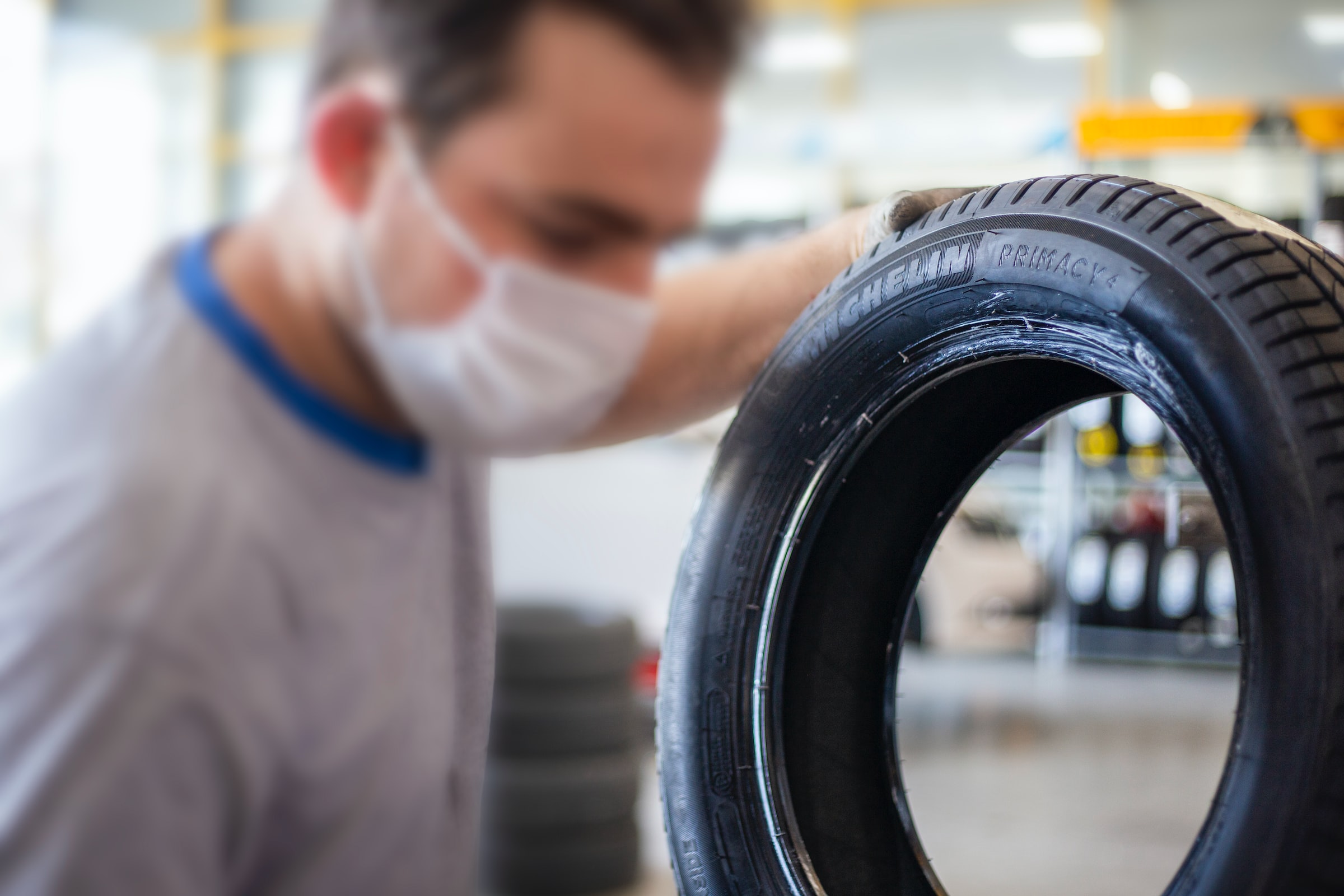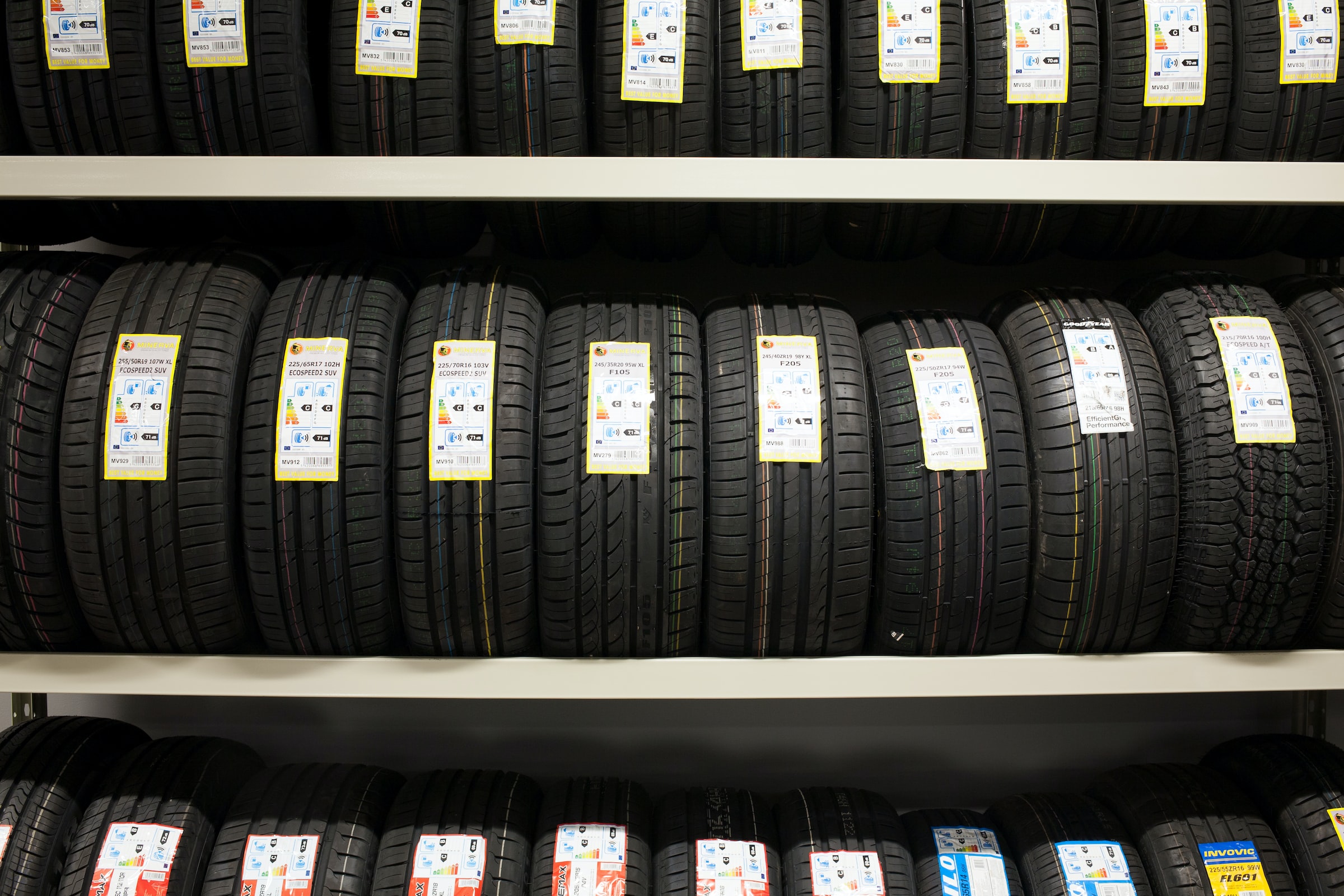If you want to buy a new tire or make a spare, these tips will help you make your choice. So, without further ado, let’s dive into this blog and learn some of the things you need to know about tires.
Reading the tire specifications

In general, tires are classified according to the category of the means of transport and their type of use. For example, there are tires for passenger vehicles, tires for trucks, motorcycles, and quads, but also tires for agricultural vehicles. Faced with this diversity, you need to know which one is right for you by looking at the information on the tires.
Tire dimensions
To find out the size of your tire, simply look at the 3 numbers marked on the sidewall of the tire. For example, a writing 165/60 R15 94Y informs you respectively on the width, the height of the sidewall, the inner diameter, the load index, and the speed index. In our case, we are talking about a 165 mm wide tire.
The number 60 indicates the percentage of the height in relation to the width of the tire, while 15 expresses the sidewall diameter, which is expressed in inches. R refers to the metal carcass of the tire. The rating 94 refers to the load index and corresponds to a weight of 670 kg when looking at the list of manufacturing standards.
The term Y is a speed index. Depending on the reference in the manufacturing standard, it tells us that the tire bursts or is at risk when the car is driven at a speed above 300 km/h. This means that the tire can support a mass of up to 670 kg.
Instructions for use
Like all other types of equipment, the manufacture of the tire conforms to a well-defined standard. For example, the European label is based on 3 criteria, including the rolling resistance marked by the alphabetical order, the external rolling noise, and its level of adhesion on the wet ground. Rolling resistance determines the level of fuel consumption.
For example, an F-grade tire consumes more fuel than an A-grade tire. The same applies to the level of wet grip. This parameter is very important for braking. In addition, tire noise is expressed in decibels. It consists of defining the intensity of the tire’s noise while driving.
Choosing a tire according to driving needs
Each type of use has its own type of tire. For example, for sporty driving, choose the sport tire. This type of tire has a wide tread of more than 235 mm. Thus, it acts quickly with all kinds of movements, whether in acceleration or instantaneous braking. In addition, it has a very robust carcass.
Regarding the brand of manufacture, there are Michelin Pilot Sport 4, Dunlop Sport BluResponse, etc. On the other hand, when you take your family out in the car to enjoy the snow, opt for the winter tire, which has a slightly softer and more flexible rubber to resist the intense cold.
Choosing a tire according to weather conditions
For optimal use, it is essential to choose the type of tire according to the climate and location. Indeed, a driver living on a high mountain does not use the same tire as one living on a plain. In addition, to adapt to climatic conditions, manufacturers have developed 3 categories of tires: winter tires, summer tires, and touring tires.
The summer tire is more resistant to high temperatures. On the other hand, when it snows, the winter tire has great flexibility to adapt to the cold. A winter tire can be recognized by a mounting spike marked on the sidewall or a MS marking for Mud and Snow. The touring tire is somewhat standard and suitable for all seasons. However, it is often of poor quality.
What to do before driving

If you want to take a trip or go on a long journey, it is necessary to check the tire pressure before driving. Like windshield and other automotive equipment, it is easy to examine the condition of a tire if it shows signs of wear or not. The TWI mark on the sidewall should always be above the tire tread. If not, you should change it or troubleshoot by calling a tire fitter.
Sound off in the comments section below, and tell us what you want to read next and if you want to read more about car tires.




